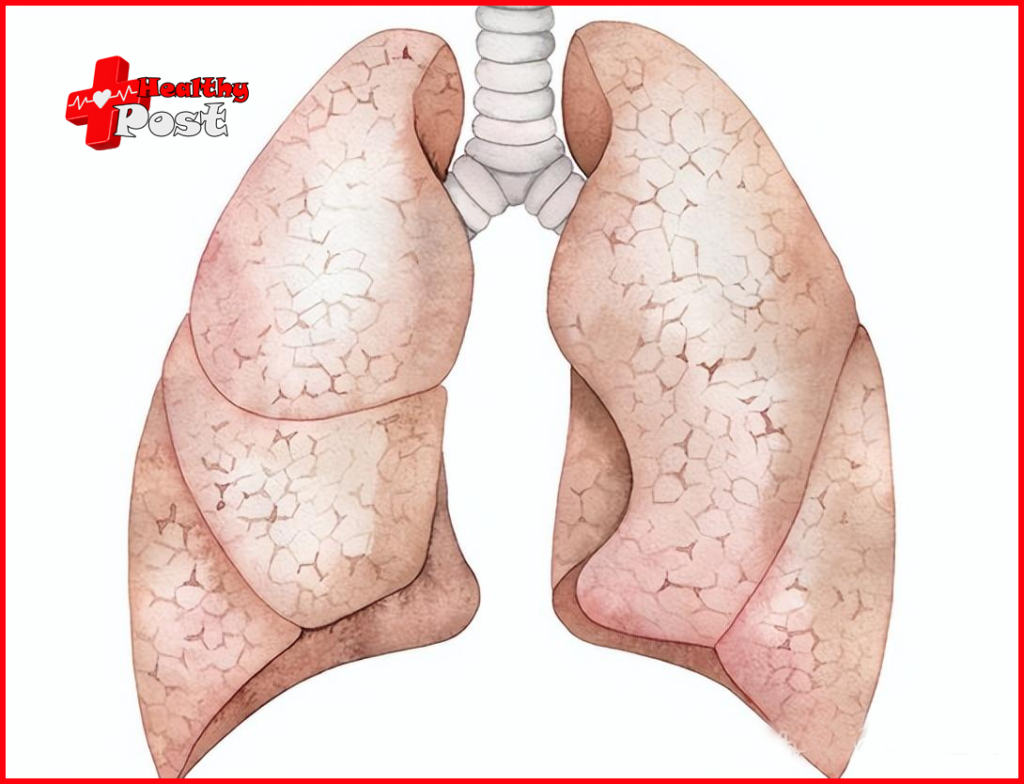
As long as lung nodules show these symptoms, the possibility of lung cancer can basically be ruled out.
The benign or malignant nature of lung nodules is an elusive issue. Even the most skilled doctors cannot guarantee the nature of the nodules based on a CT scan. Even if a malignant nodule is found to be benign after surgery, there are some symptoms that, once they appear, can rule out the possibility of lung cancer. Let’s take a look at what these symptoms are.

Nodules that grow too fast
The rapid growth of nodules is not a sign of malignancy but rather a benign sign. We know that lung cancer starts with the malignant transformation of a single cell, and the growth process is slow and steady. It will neither shrink nor suddenly grow a lot. For example, if it doubles in size in a week, the possibility of malignancy can basically be ruled out. However, some benign nodules are different, especially nodules caused by fresh inflammation, which sometimes grow very large all of a sudden. Generally speaking, different types of lung cancer grow at different rates. For example, the most malignant small cell lung cancer takes 30-90 days to double in size, while the slower growing squamous cell carcinoma takes about 60-180 days to double in size.

Unchanged nodules
If the nodule does not change, the possibility of malignancy can be ruled out. Generally speaking, if it does not change for more than 5 years, the possibility of malignancy is very small. Lung cancer cells and the human body are in a life-and-death relationship. It is impossible for them to stop growing for a lifetime. They will always grow from one to two, and two to four. Although there is a slow growth stage, they will eventually grow faster and faster, eventually metastasize and spread to other organs, causing the person to lose his life.

Completely calcified nodules
Some lung diseases will eventually end with calcification, especially tuberculosis infection, which will form scars after recovery. Some of these scars form linear shadows, while others will continue to be fill with calcium and eventually form calcification foci . There are many types of calcification foci, some are partial calcification, some are local calcification, and some are complete calcification. Completely calcified nodules are basically inactive and will not grow or shrink, and of course will not become cancerous. In addition, partially calcified nodules are sometimes tumors that have eaten up the original calcification foci, and this situation needs to be distinguish.
Shrinking nodules
Generally speaking, lung nodules that are significantly smaller are basically malignant, because tumor nodules generally do not shrink. A small number of lung cancer nodules will cause necrosis and bleeding in the surrounding normal lungs. These bleeding parts may improve with anti-infection treatment, but the malignant cell components in the tumor nodules cannot shrink or contract. Therefore, nodules that are significantly smaller tend to be benign and are basically not malignant.
Nodules that have moved
Generally speaking, lung nodules grow in a certain part of the body and most of them will not change for a long time. If the nodule moves, it means that the nodule is mainly compose of liquid or active components, such as sputum in the trachea and parasites. These lesions can change their position in a short period of time, from one place to other parts. Such nodules are basically impossible to be malignant. Most malignant nodules will only grow gradually in one part and will not move to another part.
The above manifestations are a summary of clinical experience in judging the nature of nodules and can be use as a reference. However, if lung nodules are found, further examination in the hospital is still require to make a clear diagnosis and appropriate treatment.


One thought on “As long as lung nodules show these symptoms, the possibility of lung cancer can basically be ruled out.”